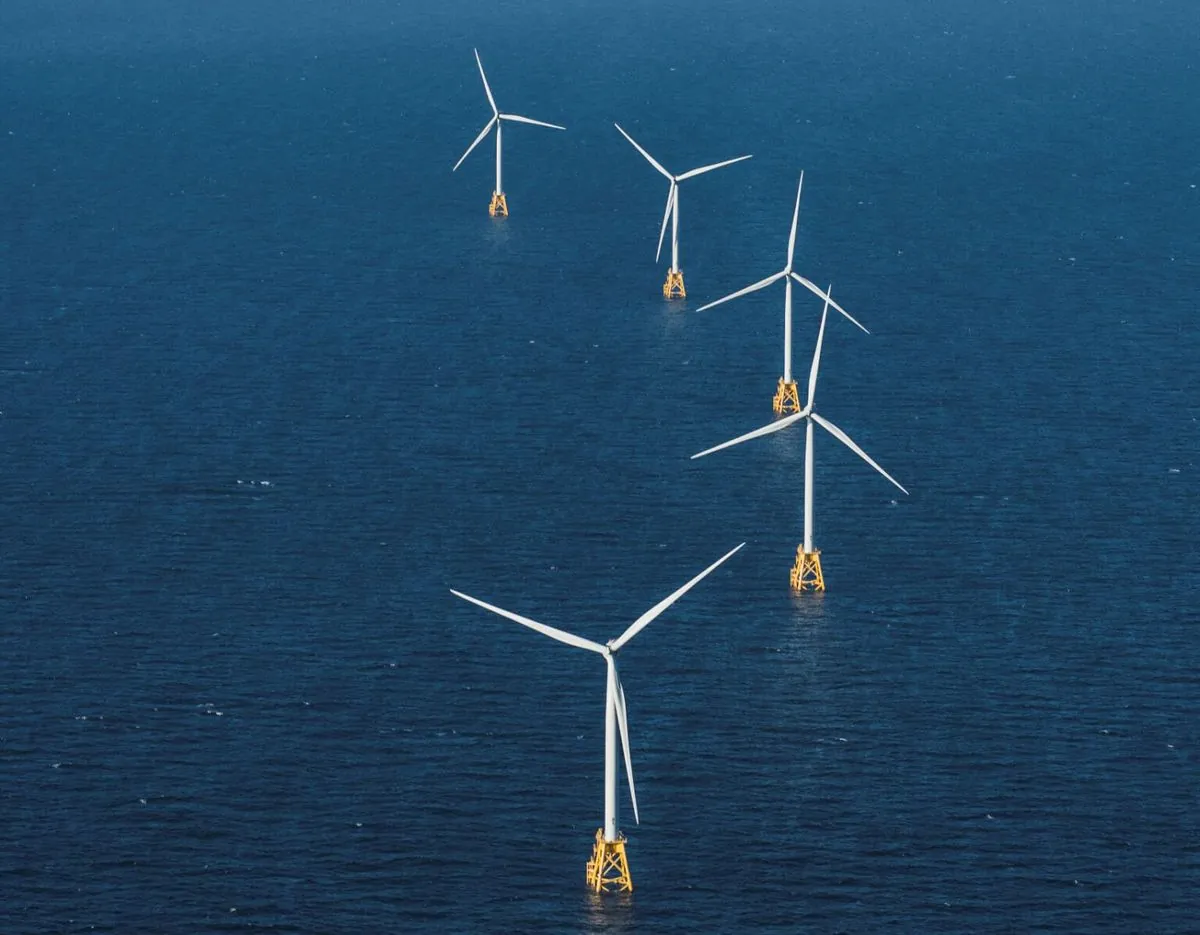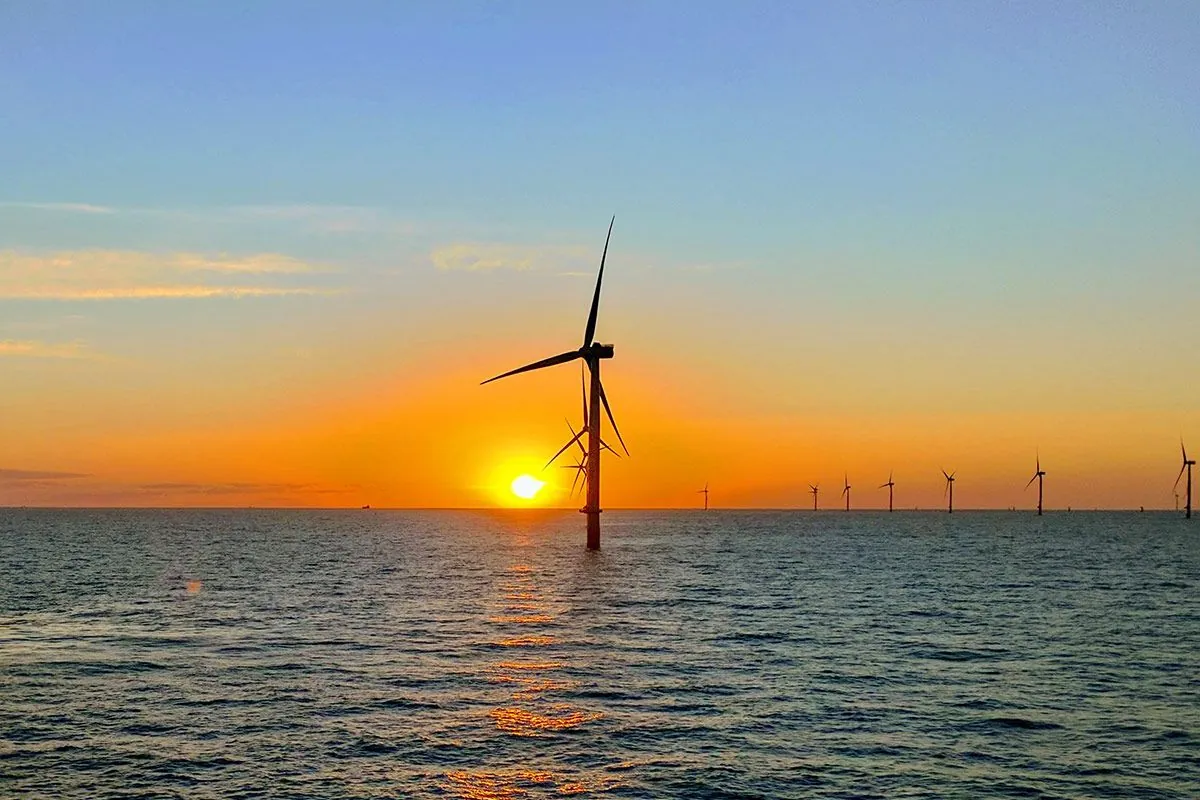U.S. Reaches Halfway Mark in Offshore Wind Goal with Maryland Project Approval
The Biden administration has approved its 10th offshore wind project, reaching 15 GW capacity. The Maryland project, developed by US Wind, could power 718,000 homes, despite industry challenges.

The Biden administration has taken a significant step towards its clean energy objectives by granting final approval for an offshore wind project along the Maryland coast. This decision marks the halfway point in the United States' ambitious goal of deploying 30 gigawatts of offshore wind capacity by 2030, a target set approximately three years ago.
The Maryland Offshore Wind Project, the tenth such initiative approved under President Joe Biden's tenure, is being developed by US Wind, a subsidiary of Italian firms Renexia SpA and Toto Holding SpA. Located about 9 nautical miles off the coasts of Maryland and Delaware, the project has the potential to generate electricity for up to 718,000 homes once fully operational.
This approval brings the total permitted offshore wind capacity to 15 gigawatts, showcasing the administration's commitment to renewable energy. Liz Klein, director of the Bureau of Ocean Energy Management, acknowledged the challenges faced in this endeavor, stating, "We never thought this exercise would be easy or smooth sailing." Despite industry setbacks, including rising costs and supply chain disruptions, the government remains focused on its 2030 target.

The Maryland project will feature 114 wind turbines and is scheduled to be implemented in phases. This development aligns with the growing trend of offshore wind energy in the United States, which began with the Block Island Wind Farm in 2016, marking the country's first operational offshore wind facility.
"Offshore wind could provide 20% of U.S. electricity by 2050."
Offshore wind farms offer numerous benefits beyond clean energy production. These installations can serve as artificial reefs, potentially enhancing marine biodiversity. Additionally, the offshore wind industry is projected to create up to 80,000 jobs by 2030 and invest $57 billion in the U.S. economy.
The East Coast of the United States is particularly well-suited for offshore wind development due to its shallow waters and consistent, strong winds. These factors, combined with technological advancements such as floating wind turbines for deeper waters, contribute to the industry's growth potential.
As the nation progresses towards its renewable energy goals, offshore wind is expected to play a crucial role in reducing carbon emissions and stabilizing electricity prices by decreasing reliance on volatile fossil fuel markets. With a typical lifespan of 20-25 years, these wind turbines represent a long-term investment in sustainable energy production.
While challenges persist, the approval of the Maryland Offshore Wind Project demonstrates the ongoing commitment to clean energy initiatives and the potential for offshore wind to significantly contribute to the United States' power generation landscape in the coming decades.


































